“Summer is coming to an end, it would be worth to dive someplace …” – said Artur one day. Our usual location, i.e. Vobster, has been visited so many times, so we looked for something “smelling fresh” … and that’s how we found S(how)M(e)B(ubbles) Diving and St. Andrews Lakes in Halling.

Halling is a small town with an industrial history. In the 18th and 19th centuries, there were two factories extracting and processing chalk, large deposits of which are located in this area. Even before World War II, in Halling, at first by hand and later with the use of heavy machinery, quarries were exploited and the chalk was used mainly for the production of cement (including Portland cement) and clay for the production of bricks. From the end of the 16th to the mid-19th century, there were also many smaller and larger paper mills.
Transportation was largely by a barge on the River Medway, but also by train on the Medway Valley Line (from 1890). After a period of prosperity in the 19th century, when the number of inhabitants increased sevenfold (!) thanks to working in local plants. The factories were bought out, and when the demand decreased, they were closed. Despite the booming cement and construction industries in Halling, the closure of local plants means that the demand for workers is now very low here. Today, Halling is still connected to other villages and towns along the river by the Medway Valley Railroad from Tonbridge and Maidstone to Strood. It can also be easily reached by car as the village is located between the M20 and M2 motorways. Using these connections, residents commute to work primarily to London and several nearby cities.
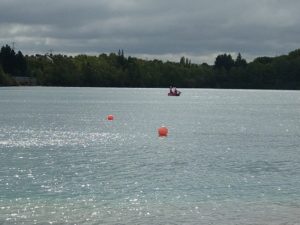
One of the most characteristic features of Halling is the large blue lake (called Blue Lake), which was formed in the excavation of a former chalk mine. Its bluish-turquoise color, which is eye-catching even on cloudy days, is due to the reflection of light from chalk particles suspended in the water. The reservoir is fed by a source from which the Halling is also supplied with water. The water is clean enough that the water utility uses minimal amounts of chemical additives to meet health and safety requirements.
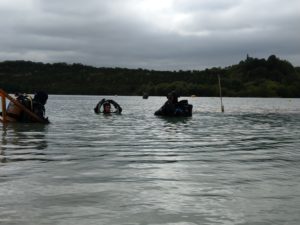
A year and a half ago, the shores of Blue Lake were prepared and put into use by St. Andrews Lakes and SMB Diving. On the slope above the lake, an estate of single-family houses is being built, below we can find a beautiful place full of possibilities!
The facility covers approximately 140 acres (almost 57 ha), half of which is the lake. The available shore is approx. 3 km long. Despite the still relatively ascetic and somewhat makeshift buildings, a diving base was created with a compressor (only air, without pure oxygen or other mixtures), a rental of some elements, such as weights, a changing room (now closed due to COVID), a toilet and a lecture hall for rent. Easily accessible and well-prepared parking and a booth with sensational food, snacks and drinks are basically a complete set of what a diver needs.
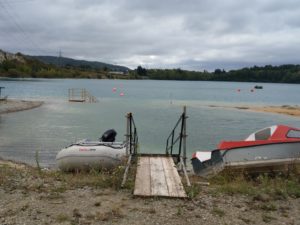
A bit further, behind the bay with a descent for divers, a piece of area like the beach has been prepared for amateurs of kayaks, freedivers, swimmers, sailors, paddleboarders and windsurfers. A fishing section has also recently been opened. As the site administrators write: the wider land development plan is also under development and will include luxury cottages and caravans, a campsite, restaurant and bar, and a park full of attractions, including zip lines.
Meanwhile, St. Andrews Lakes, with beautiful blue water over 30 m deep, is a great new inland freshwater reservoir for diving in the UK. The place is available to individual users as well as clubs and schools. SMB Diving offers RAID training courses on-site at various levels (including TEC) but other federations and schools are also welcome.
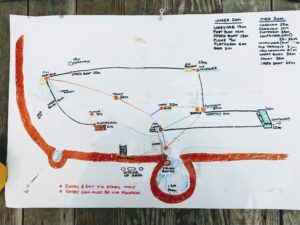
In the water, there are tracks marked with ropes, so you can comfortably and safely move between successive points and attractions at different depths, training platforms and (supposedly) shoals of fish. The map (on the picture) was up-to-date during our stay, but the organizers’ reserve that it will change as the place is constantly evolving.
The current team is open and helpful. The water is beautiful but easily muddies with chalk sediment, which is a downside or a big plus if you want to work on buoyancy or orientation in more difficult conditions. There are two entrances for divers from the shore: one from the landing stage, and the other from the landing closer to the shore. There are also several places for descending from the pontoon (of course, pontoons are also available on-site).
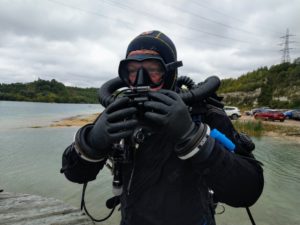
In nice weather, everyone will be happy to stay, including the non-diving Surface Support, who can enjoy the sun, feed their eyes with the azure water and greenery of the nearby forest, and stuff themselves with super tasty fries (or other things) in exchange for reasonable prices.
If it rains and/or is windy, it’s not so great anymore. ;]
We were also convinced (apart from everything we wrote about earlier) by an easy and quick journey from London (30 minutes by train from St. Pancras, via Strood) to Halling. From Halling to the diving site you have to walk less than 1 km, which is not a terrible distance, but you can always use a local Uber, especially when you have a considerable weight of stuff with yourself.
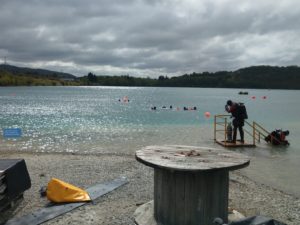
St. Andrews Lakes is open Wednesdays (9:00 am-7:00 pm) and Thursday-Sunday (9:00 am-5:00 pm).
Admission upon reservation costs £ 17 / day. The important thing is that the base does not require the purchase of membership cards. It is enough to make the reservation itself. There is a calendar on the website, which shows the available number of spaces for a given day.
More data, photos, and a booking page: www.standrewsdiving.co.uk/ and www.smbdiving.co.uk
Absolwentka Uniwersytetu Warszawskiego. Do 2020 r. sekretarz redakcji czasopisma „Szkło i Ceramika” (ICiMB, SITPMB). Zafascynowana szkłem i ceramiką w każdym aspekcie ich powstawania i wykorzystania, w tym historycznymi technikami i technologiami wytwarzania, zdobienia i łączenia z innymi materiałami. Obecnie prowadzi własny portal Szklo-Ceramika.ONLINE i angażuje się w projekty tematyczne

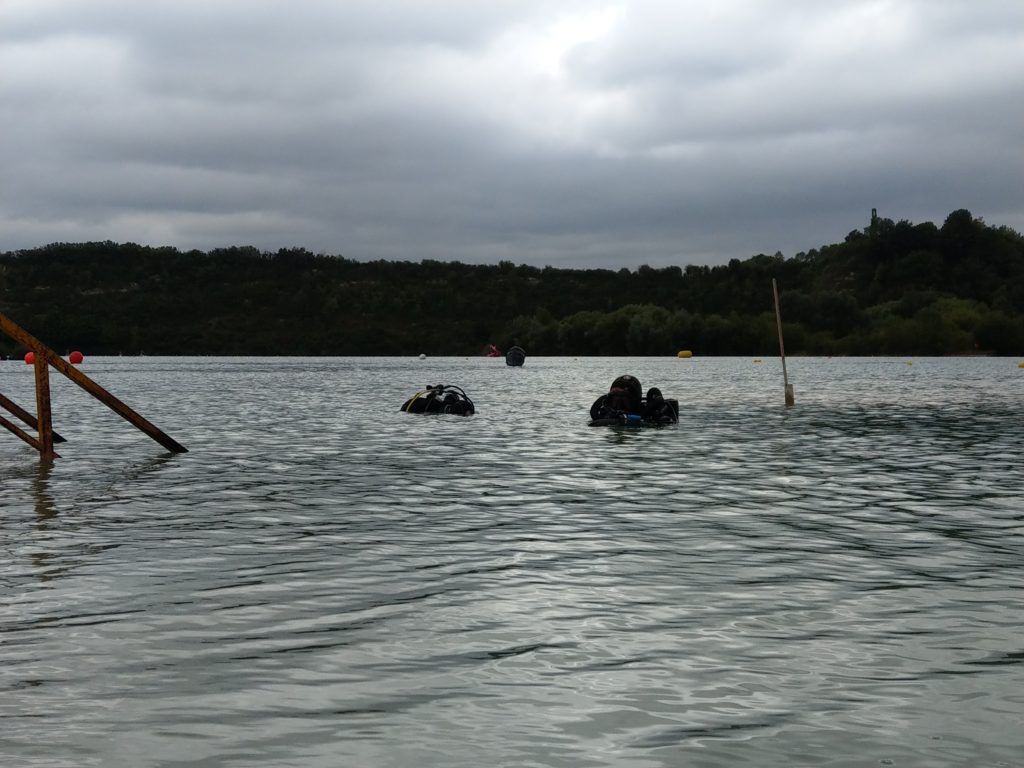


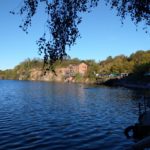
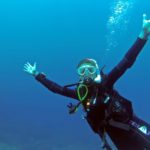
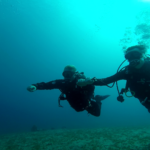
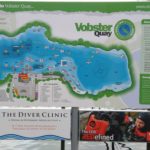
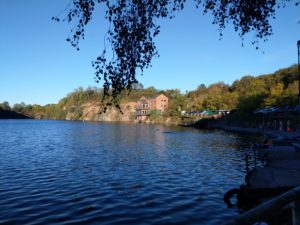
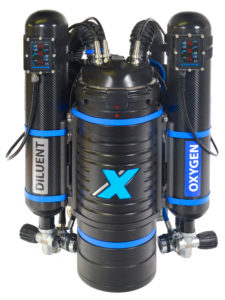
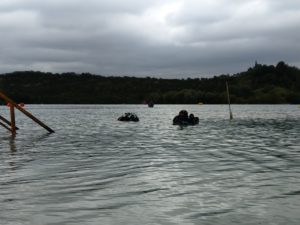
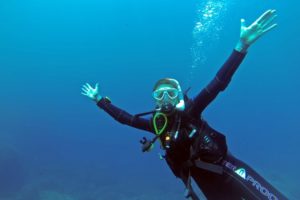
More Stories
Stoney Cove – clean water
Vobster Quay
Reels and spools